Quite possibly one of the most important images to take on a wedding day is the iconic portrait of a bride. While the candids moment are important and tell the story of a wedding day, it’s the portrait of the bride that will sit on the mantle for years to come. It’s that exact portrait that future granddaughters will marvel at, and it’s the one he will always look at to remember the stunning and delicate beauty his young bride was. Here are my tips for getting that iconic portrait:

1. It’s all about her
Before taking her portraits (and ideally, before she even get dressed), tidy up the area. There’s nothing more distracting in the background of an image than an empty water bottle, or the spanx packaging. As soon as I walk into the hotel room or home that the bride will be getting ready, and having her portraits in, I am immediately looking for the place with a combination of the cleanest background and best light. A clean background will make the focus of the portrait about the bride. Sometimes hotel rooms have pictures hanging that are unmovable, in which case I have a couple fabric backdrops that I keep in my car and attach to the wall with command hooks. A cheap, quick, easy solution to a distracting background.

2. Make it natural
When posing a bride it’s important to keep the “posing” to a minimum if you are looking for a classic, iconic, and timeless portrait. Position her in “poses” that look and feel natural. This is also a fantastic time to work on flow posing, as the bride is often reluctant to move around a lot in the pristine dress she just put on. I generally have my brides in three positions, and with each position, I vary the poses. I always have them start by facing me straight on, arms slightly off their body (makes them look thinner, a common insecurity for women), or with their elbows tucked behind their waist. I do a few shots with and without her bouquet of flowers, full length and close up. From there, I ask my brides to bring one of their shoulders forward and stand at a slight angle either towards or away from the window, depending on the light quality in the room. Again, I take shots with and without their bouquet, as well as placing their hands in various places. Lastly, if the floor isn’t hideous (Hello, hotel room rug) and there is an attractive chair nearby, I ask the bride to sit down for a few classic seated portraits. Above all, all the poses and positions I put my brides into are natural and effortless.

3. Watch your light
When taking a portrait of a bride, it is so important to pay close attention t how your light is. Do you want your image to be dramatic and contrasted, or soft and delicate? Depending on the personality of my bride and the style of her wedding, I vary how I shoot her portraits. Generally speaking, though, when she is facing me directly, the light is coming in straight from her side, which creates a dramatic highlight-to-shadow ratio, really emphasizing those differences not only in her face but also in her dress and bouquet. I love how these portraits come out, but then I often have her turn slightly toward the window and instead of being 90 degrees from the window, I now place myself in the corner or directly in front of the window, so that the light on her face is mostly flat. This often blows out the dress a tad, but it makes her face glow and everything looks softer. Natural window light is always my main source (except when there isn’t one present, in which case I use an umbrella where a window would be) with the occasional pillow used to bounce a little light back. I also always make sure to turn off all lights in the room before she gets read and we do her portraits. A small lamp in the corner can easily put an unflattering yellow cast onto her dress and skin.

4. It’s all about shape
Most women desire to have the classic hourglass shape, so posing them in a way that either flatters their curves or gives the impression of them is important when photographing a bride. Generally speaking, women like their chin, arms, and waist to look small and well defined. Achieving this look can be done in a few different ways but my go-to methods are to have them push their chin toward you and down a bit, have their arms slightly off their body, and putting their hands on their waist. When her limbs, especially arms, are resting along her body, they often appear larger. In all the years I’ve spent photographing women, and in the countless women I photograph for glamour sessions, the number one complaint I hear is that they don’t want their arms looking big. Adopted from Sue Bryce, I use the chin-shoulder-hands-hourglass-connection method and mentally go through that checklist before I take each image. Make sure their chin is forward and down to reduce any potential for double chin, make sure their shoulders are relaxed, check the position and shape (should be relaxed) of their hands, make sure you can clearly see a defined waist, and then make sure that, above all, their gaze and overlook is connecting with the camera.

5. An eye for detail
There is nothing more frustrating than bringing an image into Lightroom or Photoshop, only to realize that the bride had a crazy hair flying around, basil between her teeth, or a hair tie on her wrist. And she’s getting ready, keep an eye out for these small details, and after you get her into her first portrait pose, do a quick scan. If you have a second shooter there, ask them to watch for the details as you are getting into your creative mode and flow, which can sometimes lead to missing those details. Hair ties are my nemesis.

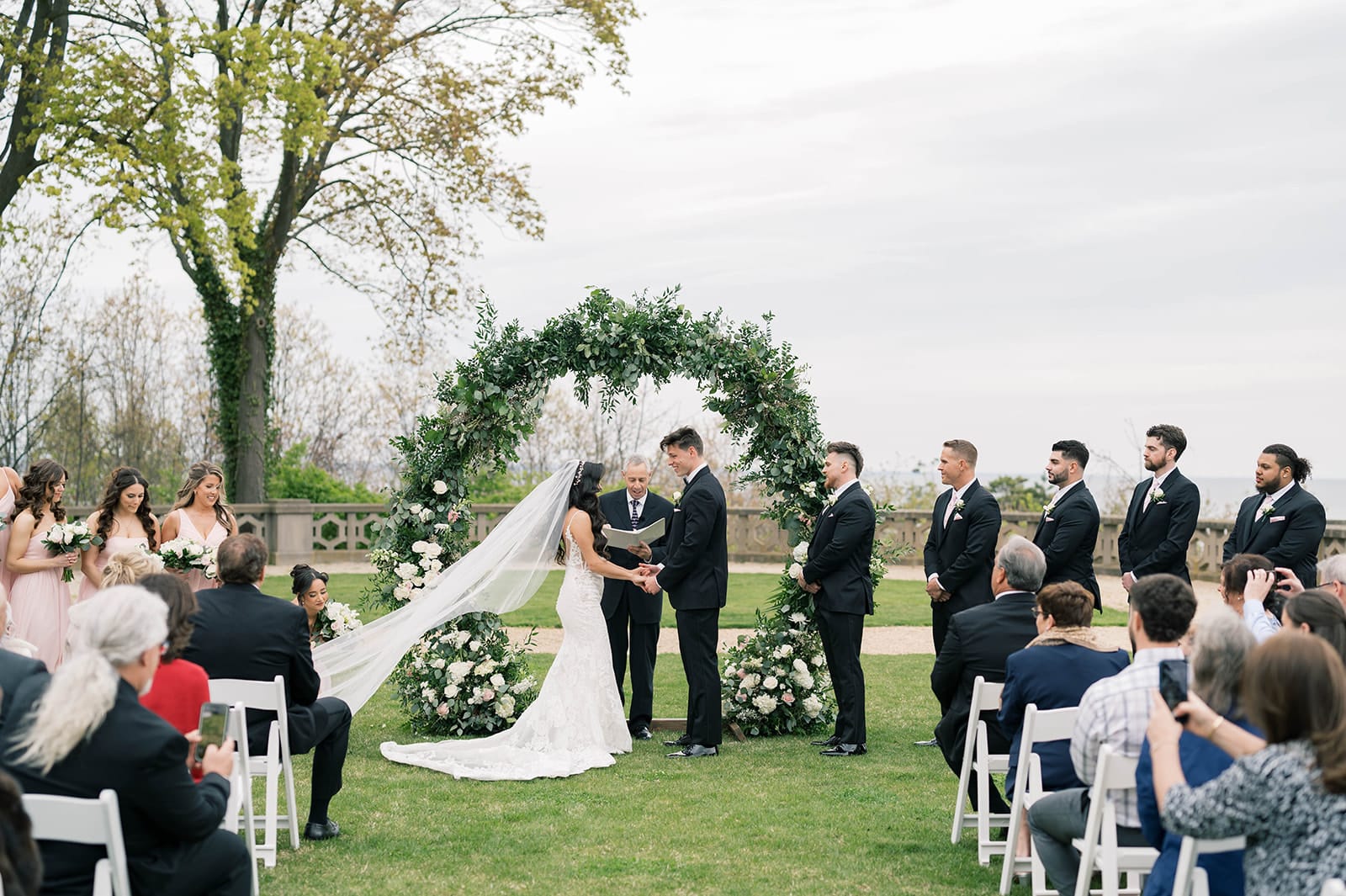
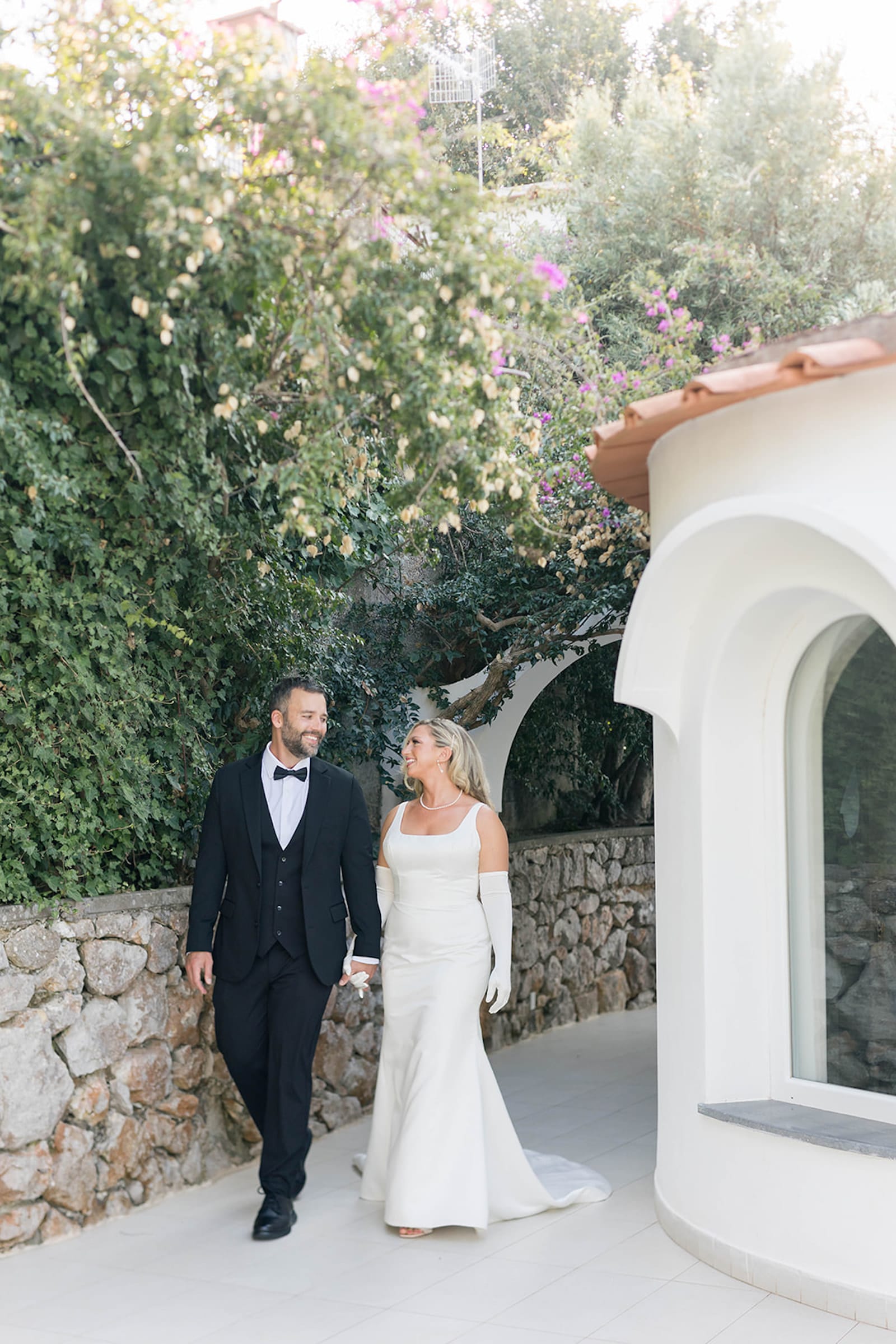
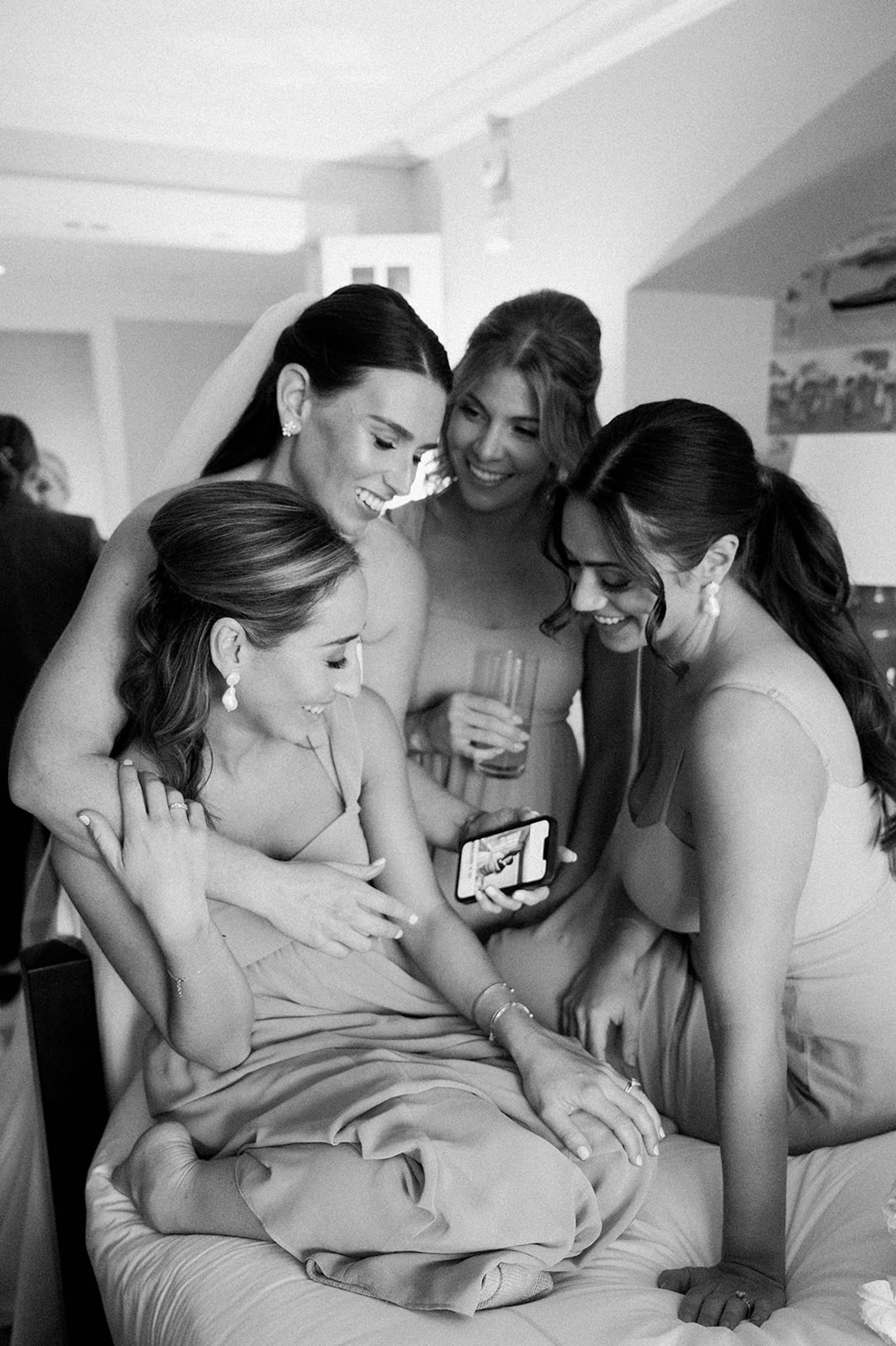
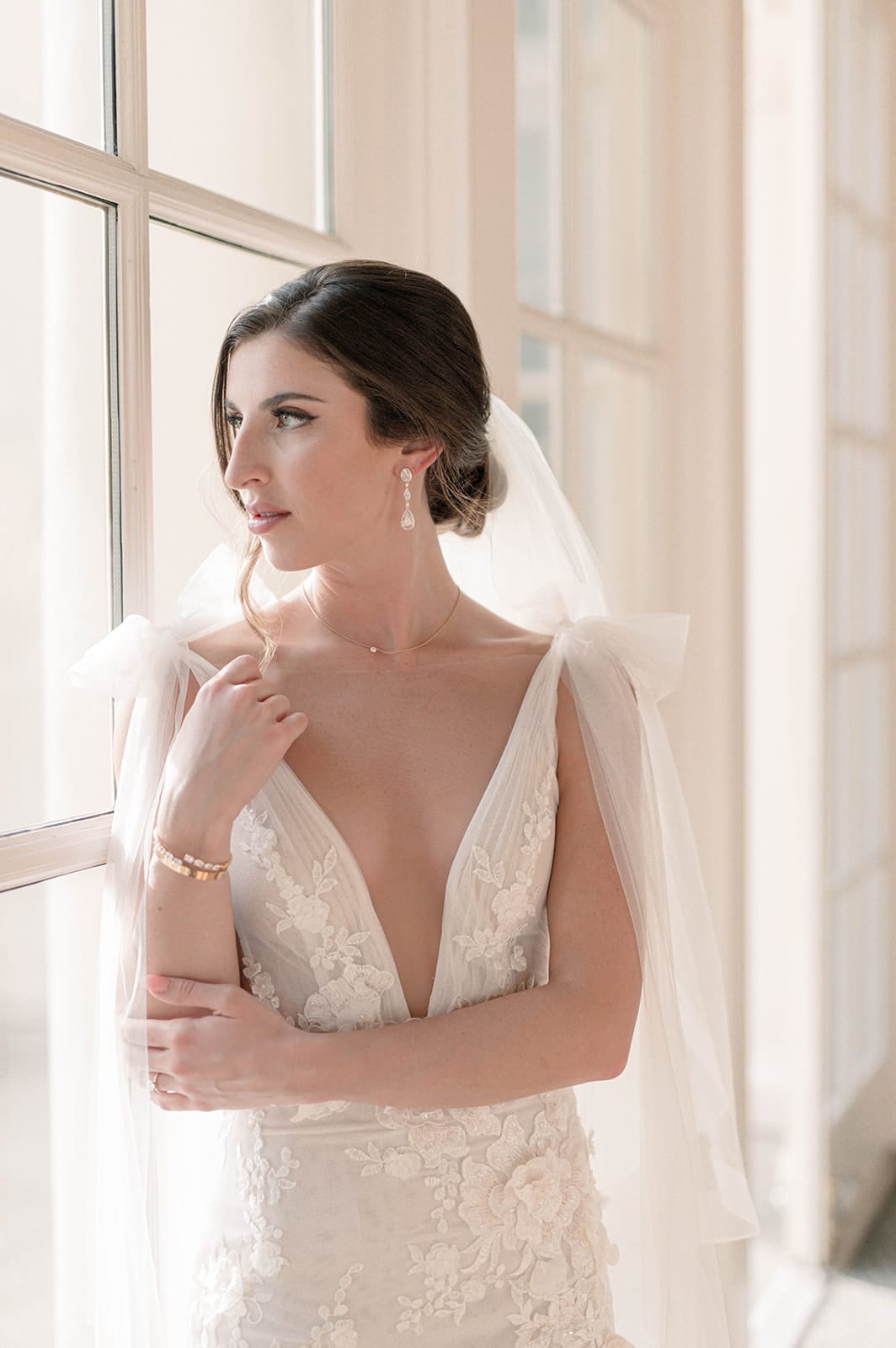
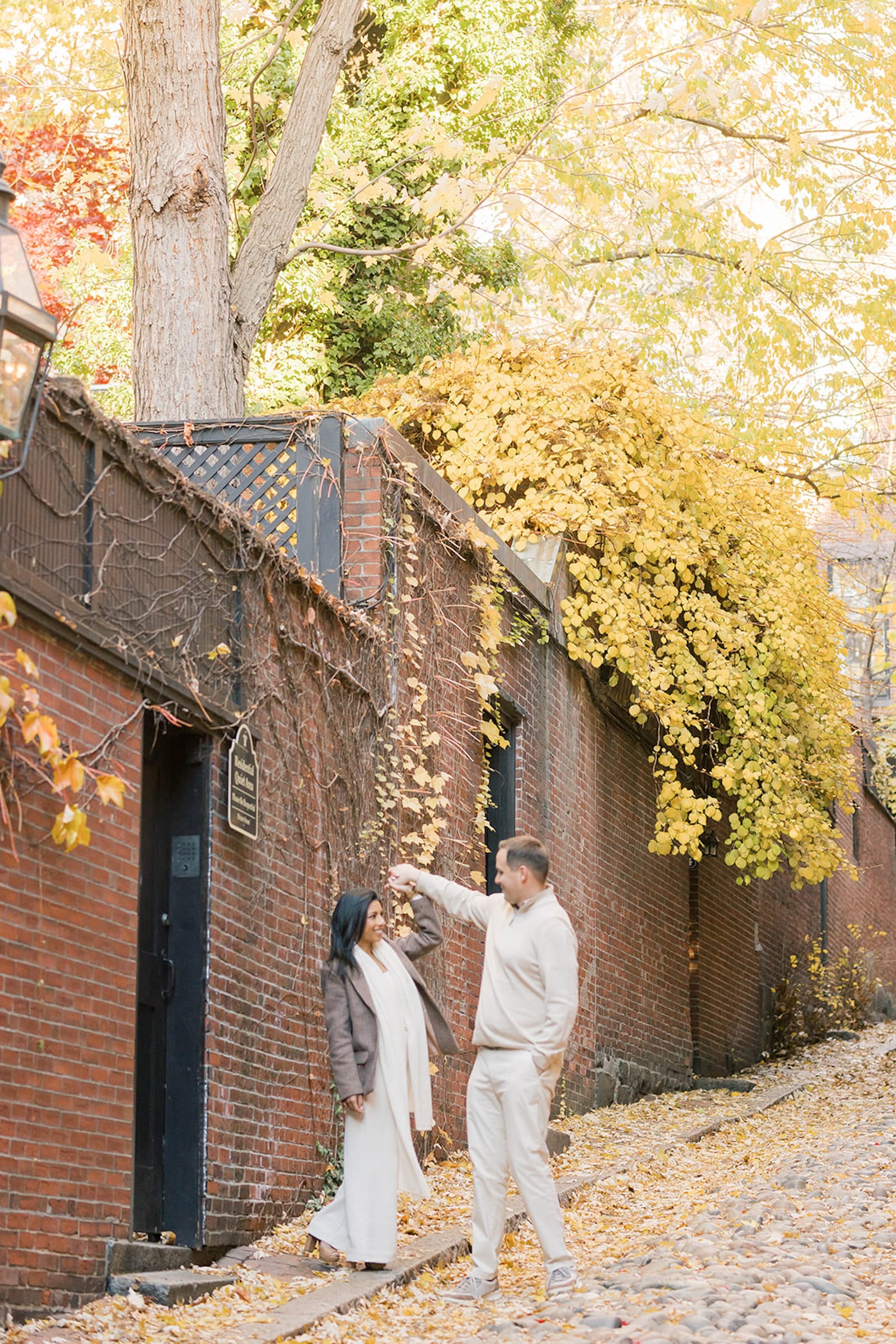
VIEW Comments +